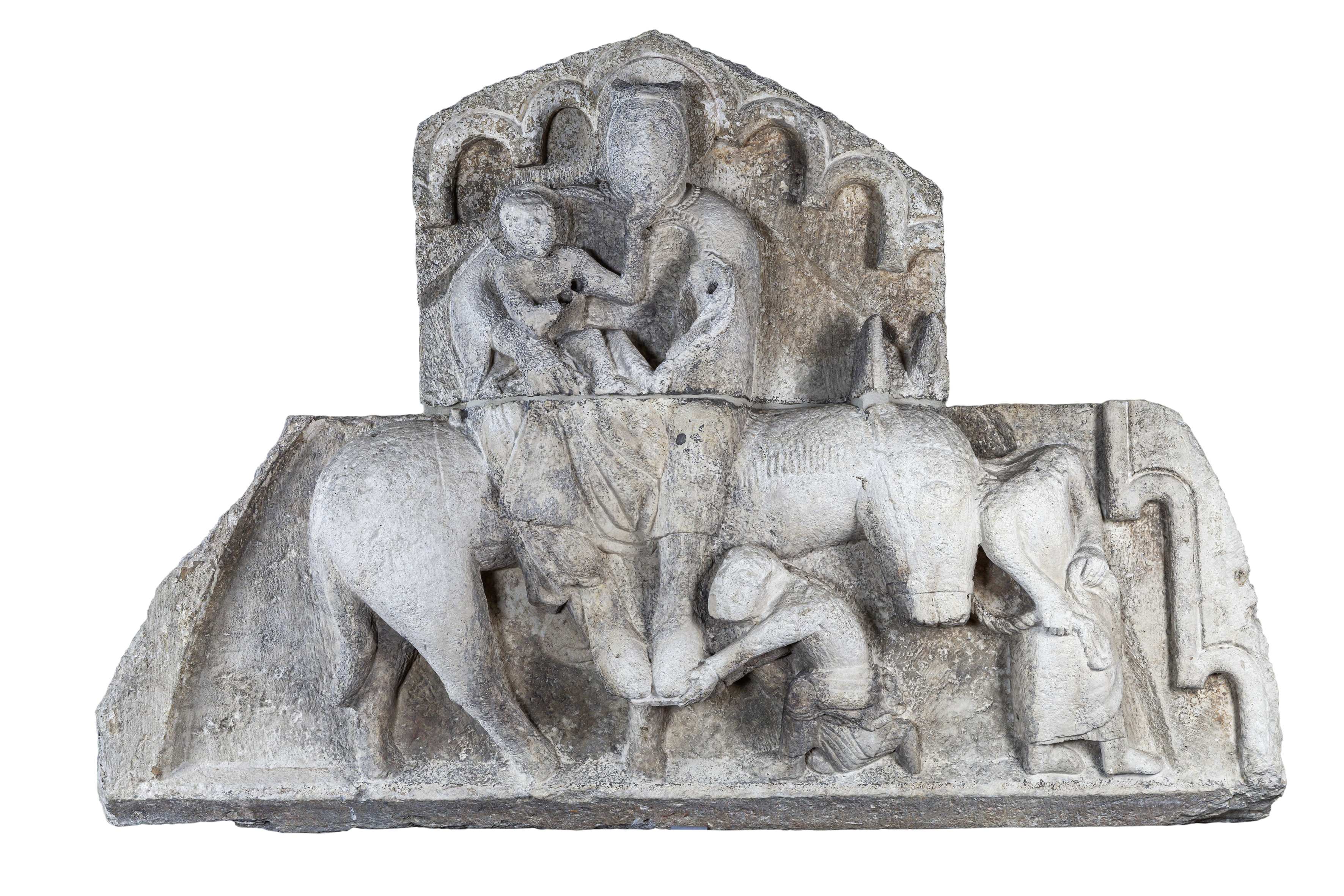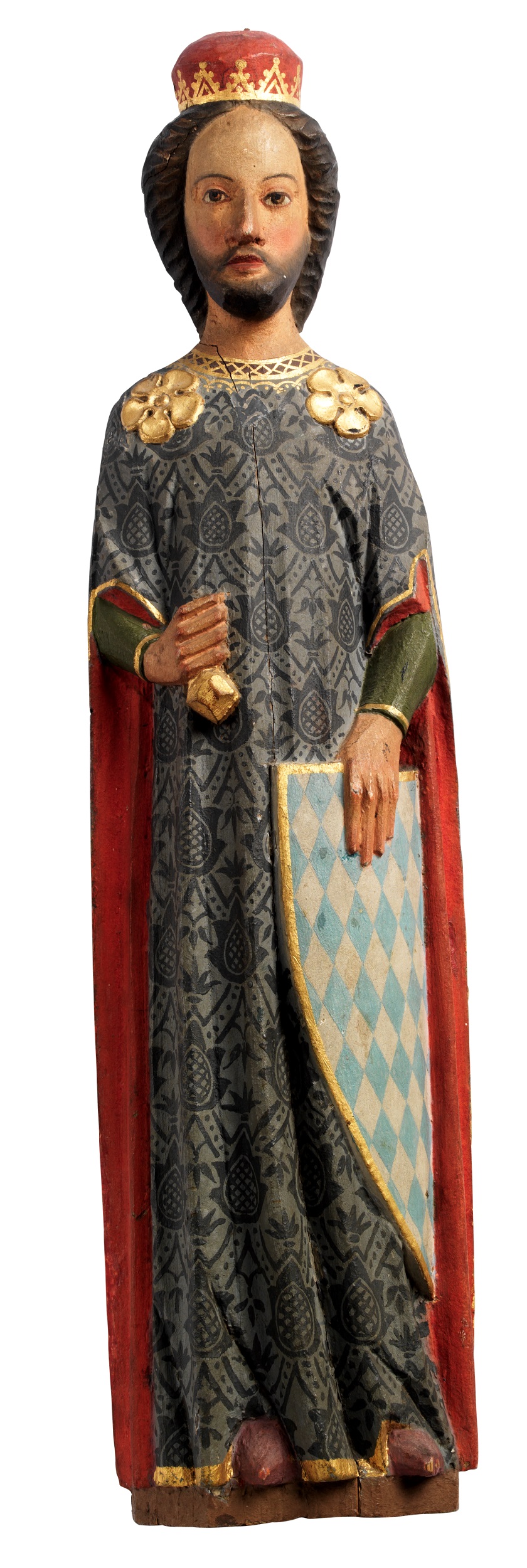STADT
BEFREIT
Wittelsbacher
Gründerstädte
Wittelsbach Founders of Cities
The “urban revolution” had arrived in Ducal Bavaria under Duke Ludwig the Kelheimer. Whether out of military considerations, whether as centers of trade and industry or transportation hubs, or solely in order to accommodate steadily growing numbers of people – cities sprang up like mushrooms. A veritable founding fever had spread.
Wherever the initiative had not come from the dukes themselves, Ludwig and his son Otto chartered the cities. They granted the burghers urban law and allowed them to organize themselves in a municipality – admittedly with very limited local rights.
On whose land and soil were cities built? The dukes themselves were only owners of the castle settlements in Landshut, Landau and Dingolfing. In other cases, churches or monastic houses owned the land: Augsburg cathedral chapter in Straubing, Niederaltaich Abbey in Ingolstadt, Regensburg’s Niedermünster house of canonesses in Deggendorf. Benefitting from being the Vogts of these churches or monastic houses, the Wittelsbachs represented the ecclesiastical institutions in all temporal affairs.
As Vogt, the duke could guarantee the uniform administration of justice in a new city. City dwellers were not exempt from rent for their properties, though – rents continued flowing to churches and monastic houses.
Ludwig the Kelheimer
Ludwig the Kelheimer was the son of the first Wittelsbach duke Otto. He reigned for several decades and was the first Wittelsbach founder of cities.
(from the audio guide of the Bavarian State Exhibition 2020)
15.09.1231: Ludwig I. erhält den Beinamen Kelheimer
Susi Weichselbaumer / Bayern 2 / 2014
Ludmilla
Ludmilla was Ludwig the Kelheimer’s wife. She was more than just the Duke of Bavaria’s consort, though: She was politically astute and likewise a founder (she founded Seligenthal Abbey) and brought the white and blue lozenges to the Wittelsbachs.
(from the audio guide of the Bavarian State Exhibition 2020)
Ludmilla von Böhmen und das Wappen der Wittelsbacher
Susanne Tölke / Bayern 2 / 2005
Tympanum
A tympanum is a surface over a door to a church, for instance, which was frequently decorated with particularly important imagery. The Parish Church of the Assumption of the Virgin in Deggendorf exemplifies this with an old Romanesque tympanum that reveals quite a lot about the now Baroque church’s architectural history.
(from the audio guide of the Bavarian State Exhibition 2020)



